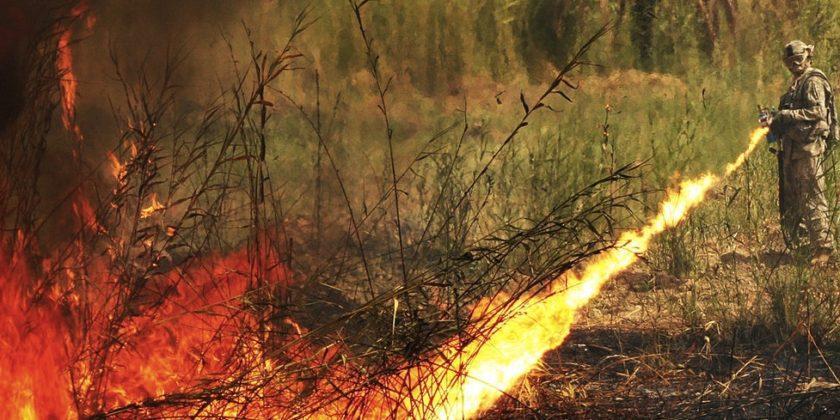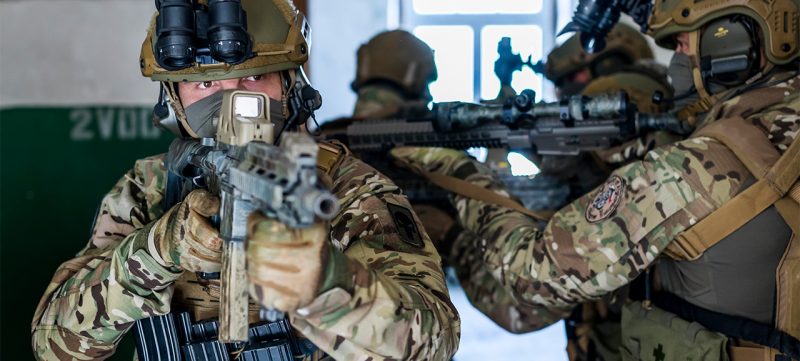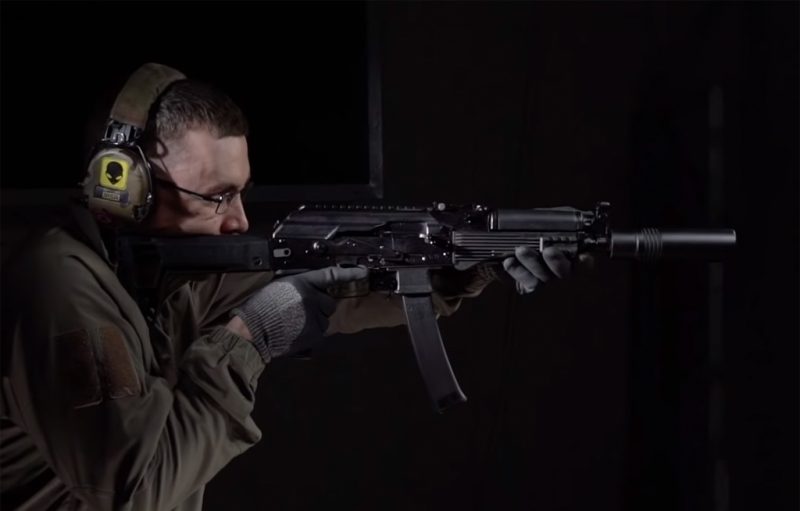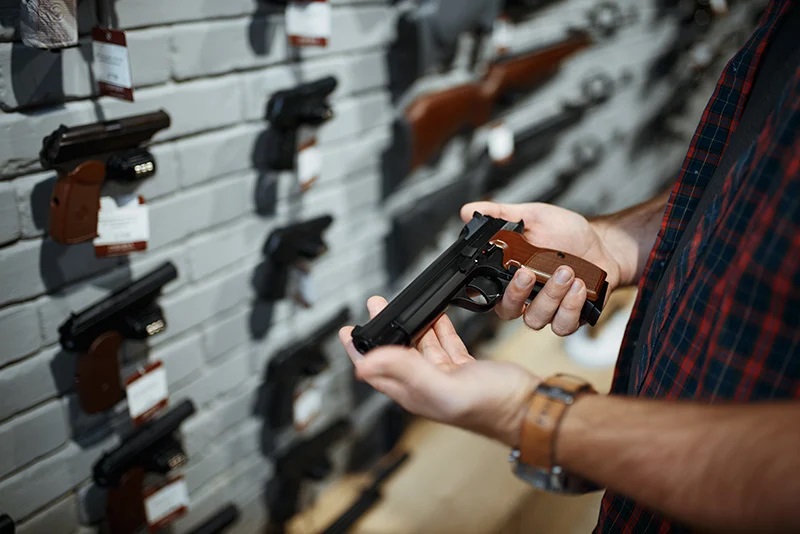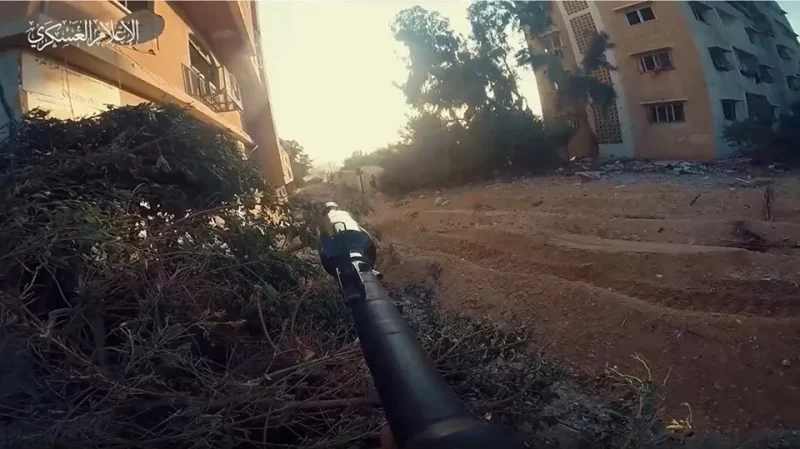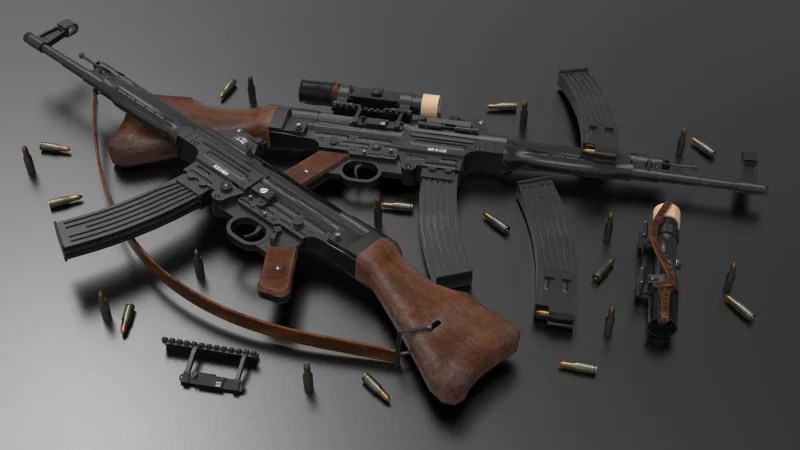The list of weapons banned by the Geneva Convention is quite long. Throughout history, people used a wide range of weapons to cause harm and destroy the “other” side. The one of major topics of the Geneva Convention features a weapons ban. Long gone are the days when war was governed by an “anything goes” system. Today, weaponry has become more advanced, so have the rules of warfare worldwide.
Practices that involve excessive torture of the enemy are not only frowned upon but have also been made illegal on the international stage, which led to the permanent ban on certain weapons. Today’s weaponry is governed by the Geneva Convention, which has outlawed scores of weapons because they cause unnecessary suffering.
The list is enormous, but here are the five that will surprise you.
Fire ballons
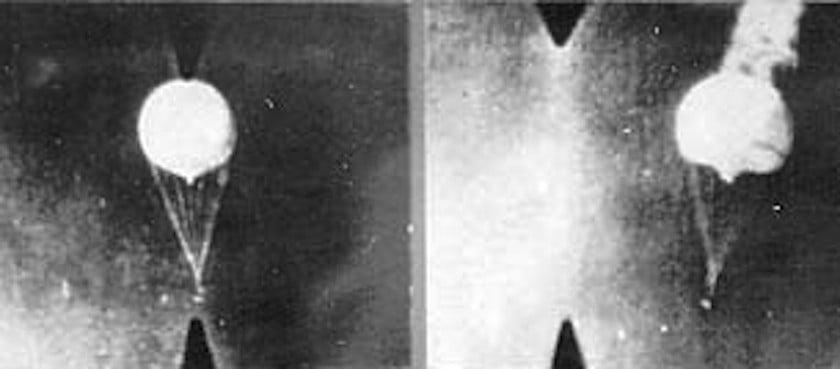
During the 1898 Hague Convention, it was decided that militaries would no longer drop bombs from balloons; however, the practice survived well into World War II. One family in Oregon — including a pregnant woman and her five children — was killed by one of these balloons while picnicking.
They were the only people to be killed in the contiguous United States during World War II. The weapon itself is primarily useless as there isn’t enough impact on setting the bombs off as they drift from balloons.
Flamethrower
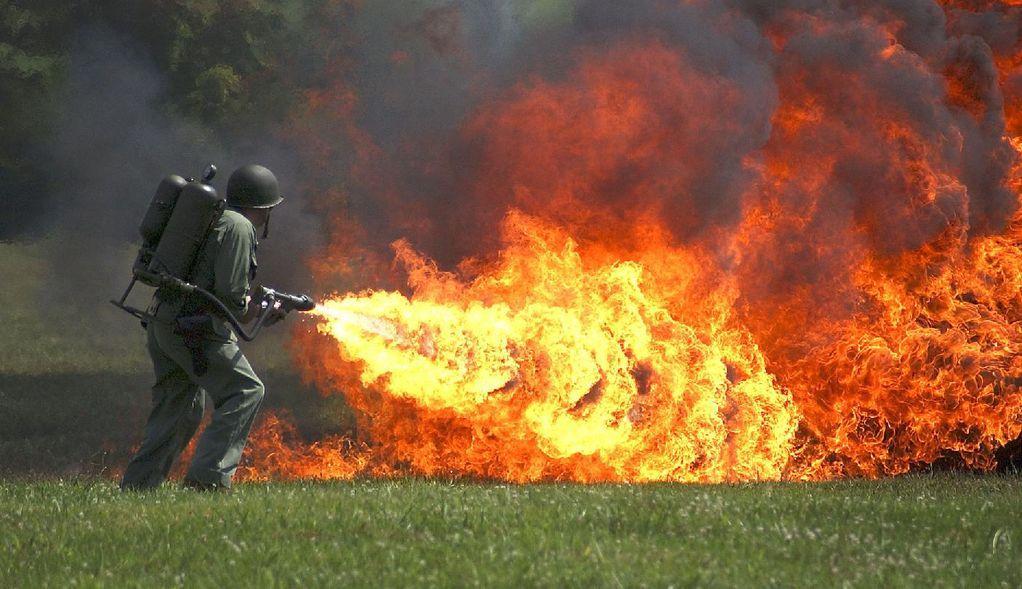
According to Protocol III of the Geneva Convention on Certain Conventional Weapons, though flamethrowers aren’t entirely banned, you can’t use them for frying your enemies. This clause prohibits the use of incendiary weapons on people. You can, however, use them to clear foliage.
Pepper Spray
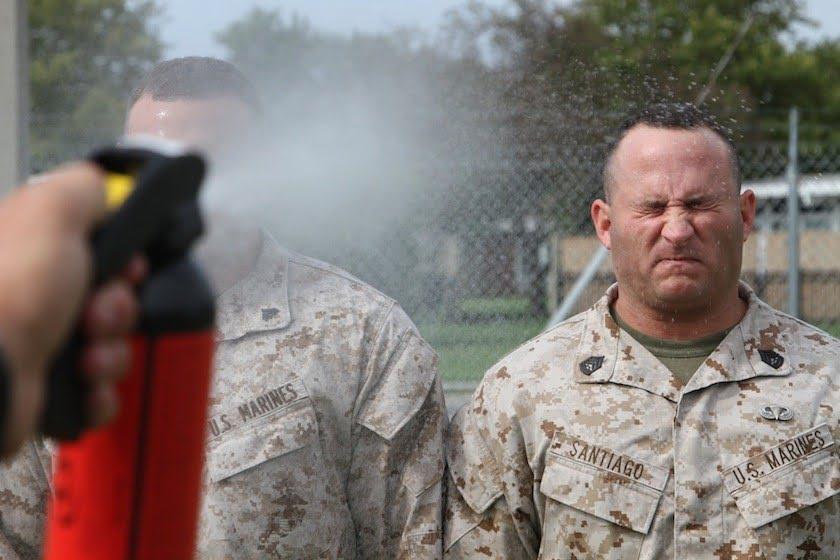
You might not think of pepper spray as a weapon for warfare. But because the Hague Convention rules on aerosol chemical weapons that disrupt breathing, you can’t bring your pocket mace to the battlefield, not that you should. It’s not exactly an effective weapon, but more like an unpleasant deterrent.
Plastic land mines

Militaries are no longer allowed to set up land mines that can’t be detected by x-ray. Under Protocol I of the Geneva Convention on Certain Conventional Weapons, there is a requirement that all weapons must use metallic fragments that can be seen via x-ray.
Also, mines placed outside of fenced and cordoned areas must use self-destruct mechanisms set to go off after a certain period. There is also an ongoing campaign to ban the use of land mines internationally through the Ottawa Treaty; however, it has not yet passed. China, Russia, and the United States have yet to sign it.
Spike Pits

Though these sound pretty medieval, spike pits were in use as late as the Vietnam War. However, Protocol II of the 1979 Convention on Certain Conventional Weapons finally banned their use altogether. During World War II, the Japanese were known to coat bamboo spikes with animal feces so that even if the tips didn’t kill you, an infection certainly would.
